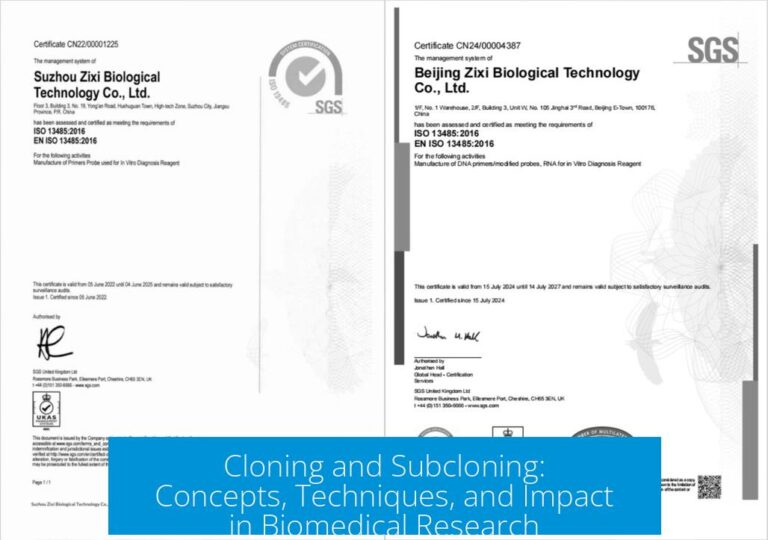Simple, Cheap Ways to Measure Viscosity at Home

The simplest and cheapest method to measure viscosity at home is using a Zahn cup. This device works by dipping it into the liquid, then timing how long it takes for the liquid to drain through the hole at the bottom. The drain time gives a relative indication of the liquid’s viscosity.
Zahn Cup Method
A Zahn cup is a small metal or plastic cup with a hole at the base. The user fills the cup with the liquid, lifts it out, and starts a stopwatch. The time for the liquid to fully drain out correlates to viscosity. This method is popular due to its low cost and simplicity.
- Cost-effective and easy to use
- Requires only a stopwatch
- Useful for liquids within a limited viscosity range
However, the Zahn cup cannot measure complex fluids exhibiting non-Newtonian behavior. The drain time is measured in seconds and doesn’t directly convert to standard viscosity units like centipoise without referencing conversion tables. Such tables assume ideal liquids, so the accuracy declines with samples that deviate from ideal flow.
Tube Drain Time Method
Another simple home method involves filling a tube and measuring the liquid’s drain time. This technique provides relative viscosity by comparing times for different liquids. It is easy to implement with common household items and a timer.
Advanced Option: Brookfield Viscometer
For users wishing to explore viscosity in more detail, a Brookfield viscometer offers advanced features. This spindle viscometer contains a motor that spins a spindle immersed in the liquid. Measuring the resistance to spindle rotation yields precise viscosity data.
- Measures viscosity across a wide range
- Quantifies shear-thinning and thickening
- Identifies complex rheological behaviors (pseudoplastic, thixotropic, dilatant)
- Suitable for liquids and semi-solid materials
This instrument is more expensive and complex but provides precise and standardized viscosity measurements applicable in research and industry.
Key Takeaways
- Zahn cup offers a cheap, simple way to get relative viscosity at home by timing liquid drainage.
- Tube drain time method gives relative viscosity using basic tools and comparison.
- Both simple methods have limitations for non-Newtonian fluids and exact unit conversion.
- Brookfield viscometers provide advanced, accurate viscosity measurement but require more investment.
How can I measure viscosity at home cheaply?
You can use a Zahn cup. Dip it into your liquid and time how long it takes to drain. This method is simple and affordable.
What are the limits of using a Zahn cup for viscosity?
It only works well within certain viscosity ranges. It can’t measure non-Newtonian fluids accurately. Also, results are in seconds, not standard units like centipoise.
Is there a way to measure more complex viscosity behavior at home?
More advanced tools like a Brookefield viscometer handle complex viscosity changes. But these are less cheap and more suited for detailed study, not simple home tests.
Can I use a simple tube to estimate viscosity?
Yes. You fill a tube with the liquid and measure how long it takes to drain. This gives relative viscosity compared to other liquids. The tube size is flexible.
Why can’t Zahn cup measurements be directly converted to standard viscosity units?
Conversion tables exist but apply only to ideal liquids. Non-ideal liquids may give misleading results when converting Zahn cup times to centipoise.





Leave a Comment